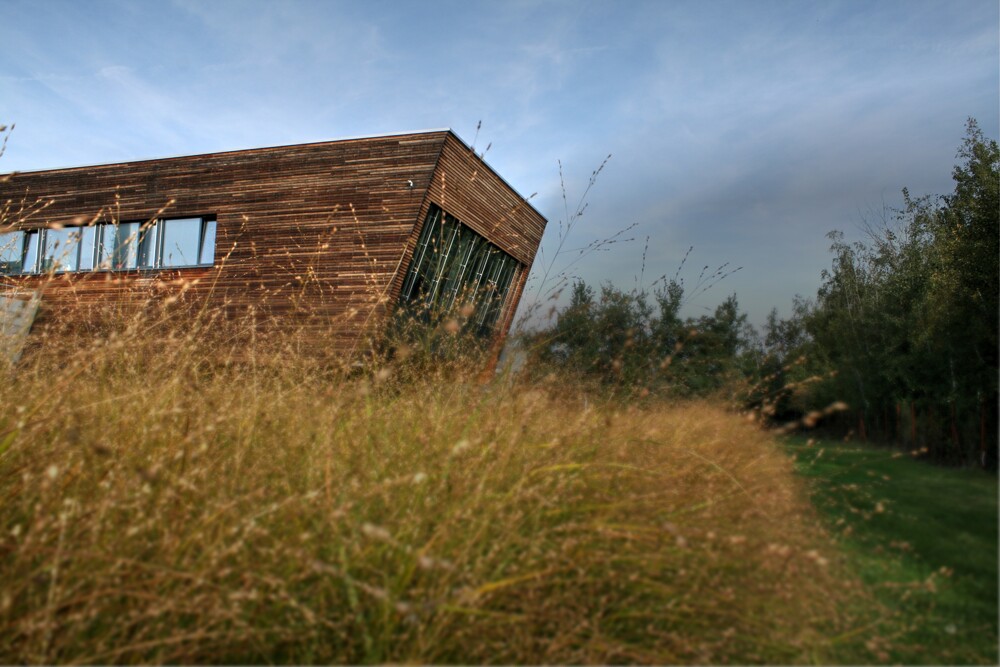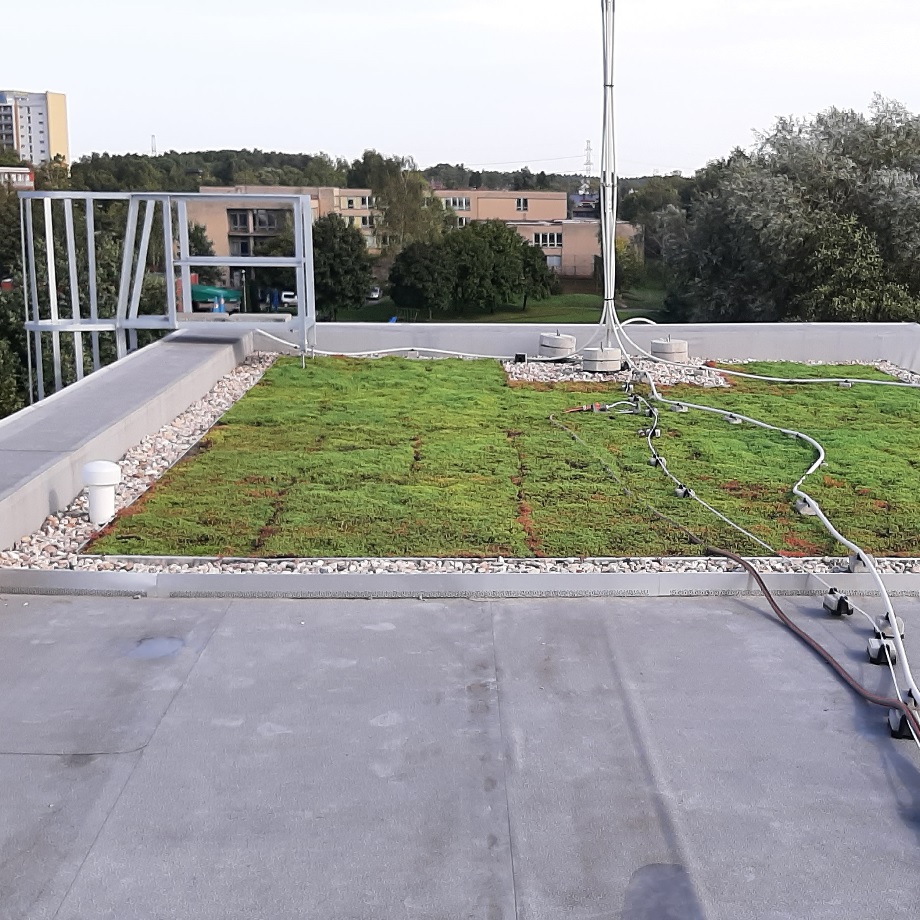
 In Karviná, a sustainable green roof was installed with RECIHLI substrate, developed by the research team of Urban Ecohydrology of the CTU UCEEB in cooperation with AdMaS CTU Brno and Sedum Top Solution s.r.o. The aim is to evaluate in detail the properties of the substrate, whose formula using recycled construction waste and sewage sludge protects the utility model. Once certified, RECIHLI will be offered commercially as a circular solution for extensive green roofs.
In Karviná, a sustainable green roof was installed with RECIHLI substrate, developed by the research team of Urban Ecohydrology of the CTU UCEEB in cooperation with AdMaS CTU Brno and Sedum Top Solution s.r.o. The aim is to evaluate in detail the properties of the substrate, whose formula using recycled construction waste and sewage sludge protects the utility model. Once certified, RECIHLI will be offered commercially as a circular solution for extensive green roofs.